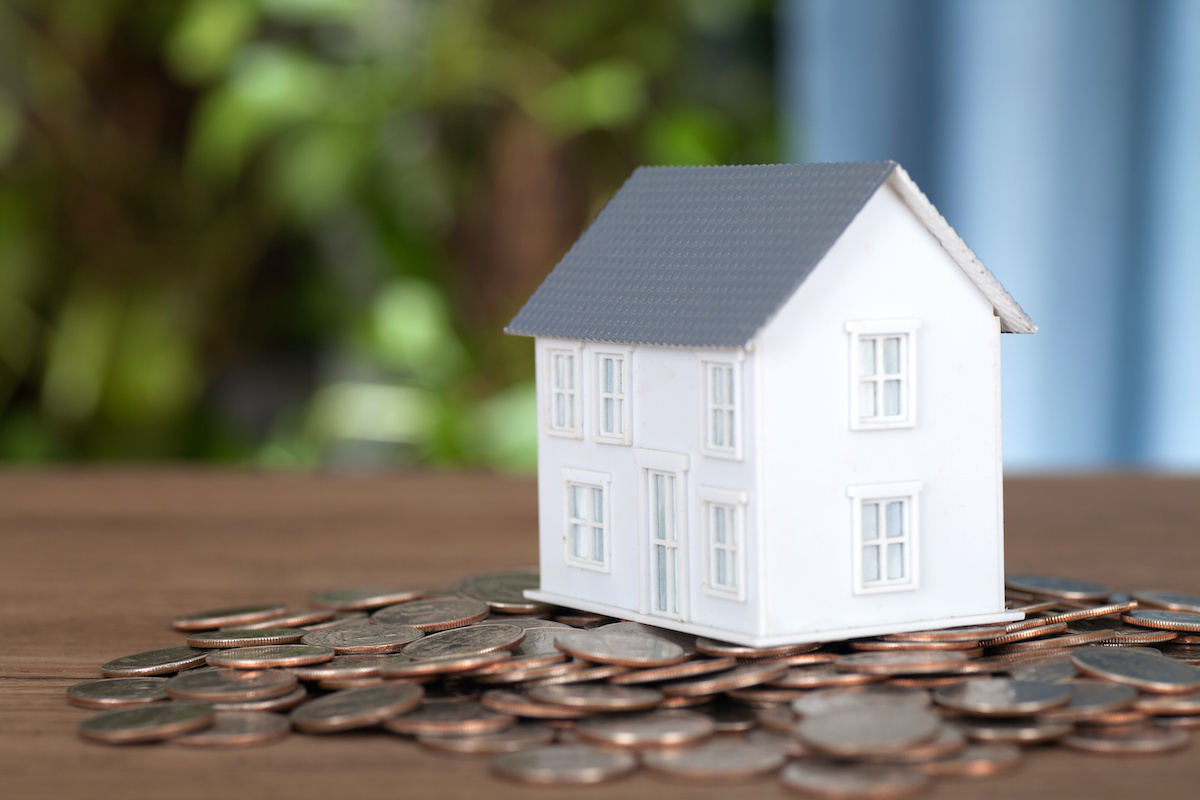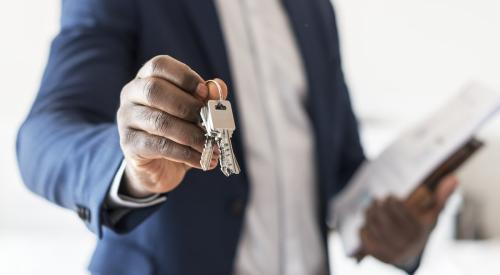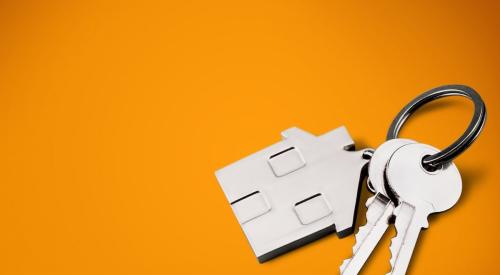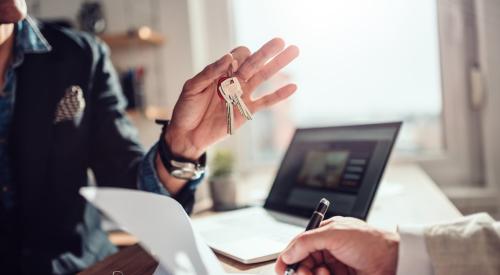For more than a century, the gap between Black and White homeownership in the U.S. has remained consistently between 20 and 30 percentage points. From 1995 to 2004, Black homeownership rates increased 7.5% to 49.4%, but that share dropped back down to 40.6% as recently as the second quarter of 2019, reports MarketWatch. It’s currently at roughly 44% while White homeownership rates remain at roughly 74%. The pandemic has disproportionately affected Black Americans, with layoffs most likely to cause housing instability among Black and Latino workers. Home ownership remains one of the primary drivers of wealth, and if the country wants to address the racial wealth gap, it should focus on Black homeownership, says MarketWatch.
A new report from the National Community Reinvestment Coalition calls for setting a goal of 60% Black homeownership over the next 20 years.
As part of the Value Gap interview series, MarketWatch spoke with Dedrick Asante-Muhammad, chief of race, wealth and community at the National Community Reinvestment Coalition, and Joshua Devine, the organization’s director of racial economic equality.
They spoke about the factors that have contributed to the lower rates of homeownership among Black Americans and what policies could address them.
MarketWatch: How did you all come up with the 60% target for Black homeownership? Why that number?
Asante-Muhammad: African Americans really haven’t hit a 50% homeownership rate. So we wanted to have a goal that would not just get us over the edge of being majority homeowners, but would kind of get you to a level where you’re firmly at the space of being majority homeowners.
White homeownership is at 73% to 74%, so it’s not even trying to get to where whites are. Even to get to something that’s far distant from white homeownership rates requires a tripling of new Black homeowners every year for 20 years.













